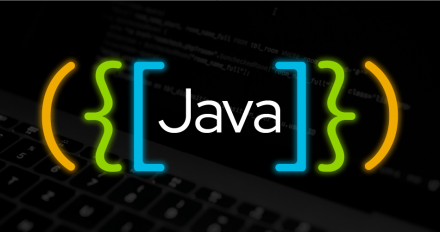
Shenandoah garbage collection in OpenJDK 16: Concurrent reference processing
Find out how Shenandoah garbage collection improves Java application latency in JDK 16, especially for applications that churn soft, weak, and phantom references.

Find out how Shenandoah garbage collection improves Java application latency in JDK 16, especially for applications that churn soft, weak, and phantom references.
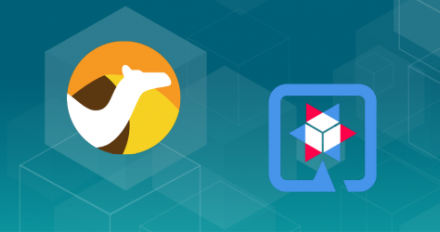
Integrate systems on Red Hat OpenShift with Apache Camel and Quarkus. This article explains how to help heterogeneous systems communicate via pipelines.
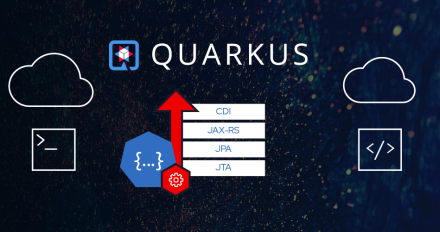
Building a production ready REST API has many moving parts. This article brings them all together in a Quarkus example that you can build on.
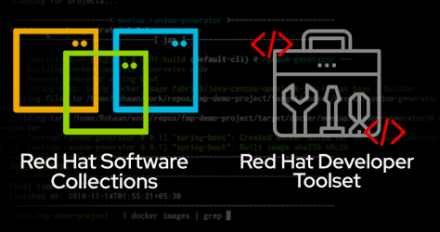
Find out what's new in Red Hat Software Collections 3.7 and Red Hat Developer Toolset 10.1, including updated PostgreSQL, Ruby, and MariaDB collections.
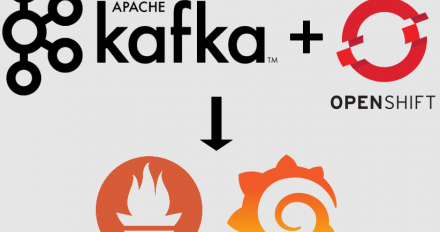
Find out how to connect AMQ Streams to a default OpenShift 4 monitoring stack. Learn to deploy a Kafka cluster and set up an AMQ Streams dashboard in Granfana.
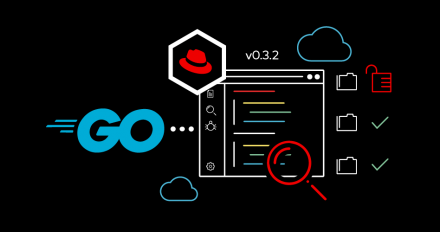
Get started with using Red Hat CodeReady Dependency Analytics to analyze dependency vulnerabilities in your Golang application stack.
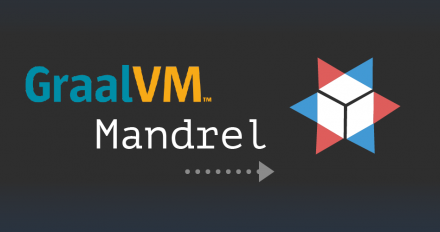
Find out what Mandrel is and what it's not, in this introduction to Red Hat's downstream distribution of GraalVM for Quarkus and other projects.
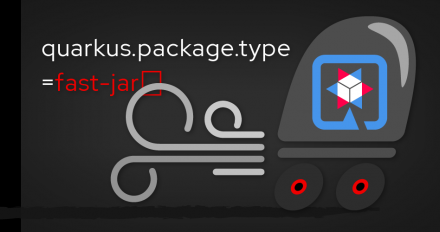
Try this quick exercise to see why applications packaged with fast-jar support faster startup times than those packaged with the legacy Quarkus JAR format.
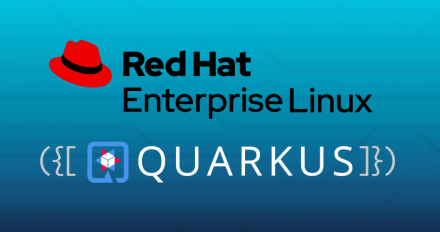
Develop a Quarkus edge app to process MQTT messages. Learn to start an MQTT broker with Podman, use Quarkus in dev mode, and build an app image with Podman.
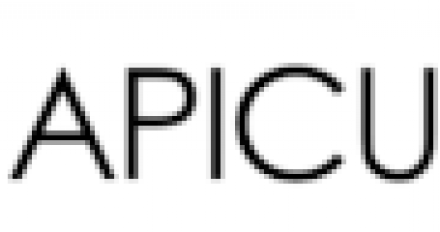
Set up authentication and authorization to connect Red Hat Integration Service Registry with a secure Red Hat AMQ Streams Kafka cluster.
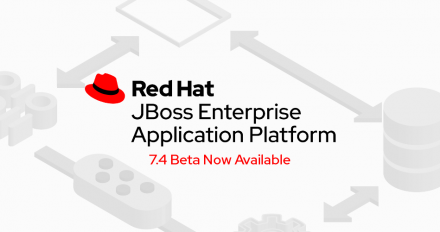
Discover what's new in Red Hat JBoss Enterprise Application Platform 7.4 beta, including new security, server management, and developer features.

DevNation Tech Talk: Building successful business Java apps: How to deliver more, code less, and communicate better
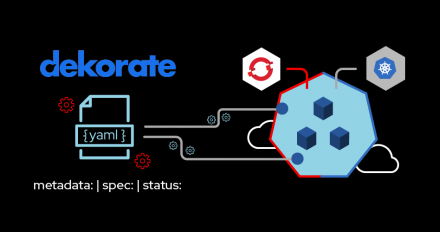
Using Dekorate to generate Kubernetes manifests not only simplifies Java application development, but it can flatten your learning curve on Kubernetes.
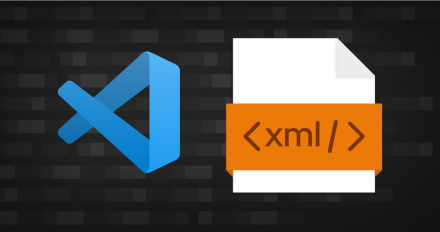
Red Hat’s XML extension for VS Code no longer requires Java! Find out how the development team removed the Java requirement in vscode-xml 0.15.0.
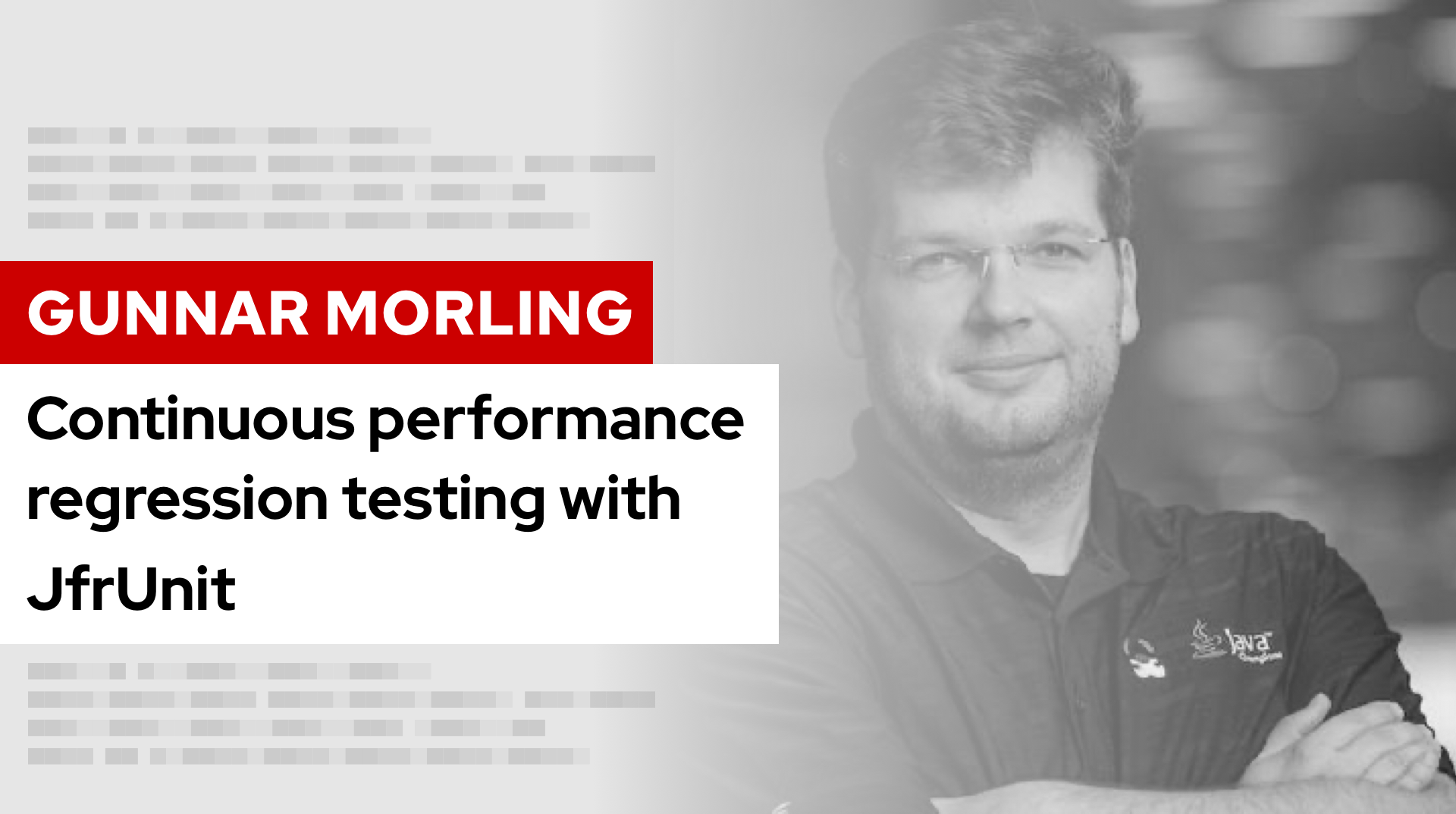
Continuous performance regression testing with JfrUnit | DevNation Tech Talk
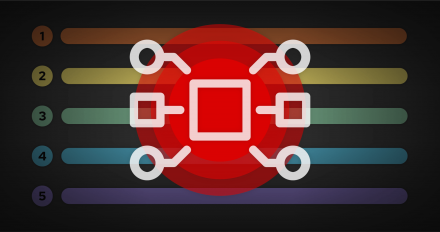
Deploy a Quarkus application on OpenShift Dedicated, then use Red Hat OpenShift API Management and Red Hat 3scale API Management to add API key security.
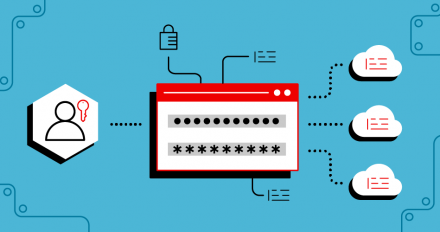
Configure a browser authentication flow using X.509 user-signed certificates with Red Hat's single sign-on technology and OpenSSL.
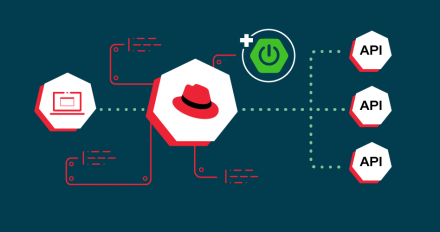
Learn how to integrate your Spring Boot applications with Red Hat Integration Service Registry, based on the open source Apicurio Registry.
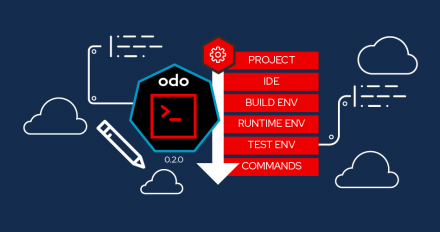
Get started with Odo 2.0 devfile components, commands, and events and write your first custom devfile to adopt an existing development flow for Kubernetes.
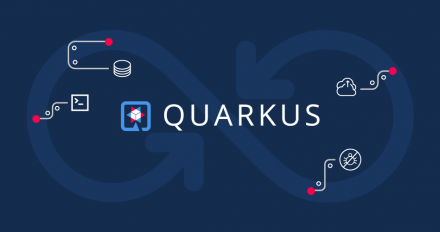
Set up a new Quarkus project, then configure it for live coding on a remote Red Hat OpenShift cluster, just like you would in your local environment.
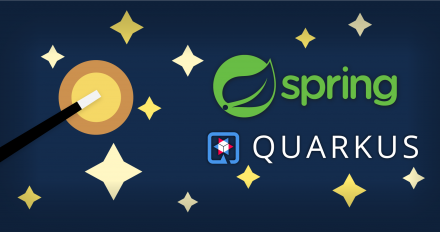
Follow a migration path from Spring Boot to Quarkus. The magic: Perform the migration without changing a single line of code. The madness: How was it done?

Let's make a contract: The art of designing a Java API | DevNation Tech Talk
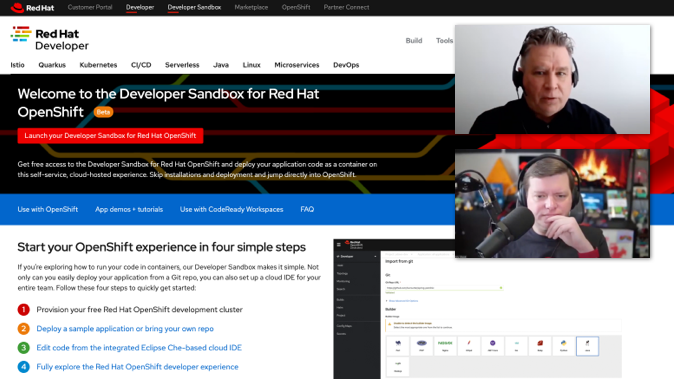
Learn how to move your existing Java app to Kubernetes—without changing a single line of code
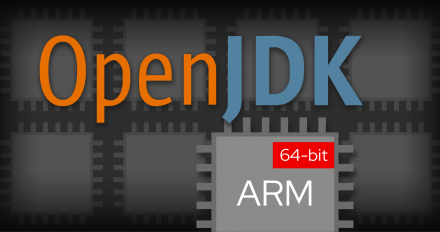
Find out how Red Hat engineers and a community of open source enthusiasts created the standard OpenJDK implementation for AArch64.
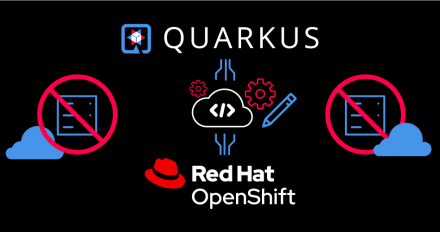
Learn how to write a Quarkus function on Red Hat OpenShift Serverless and manage the performance concerns by creating a native executable at build time.